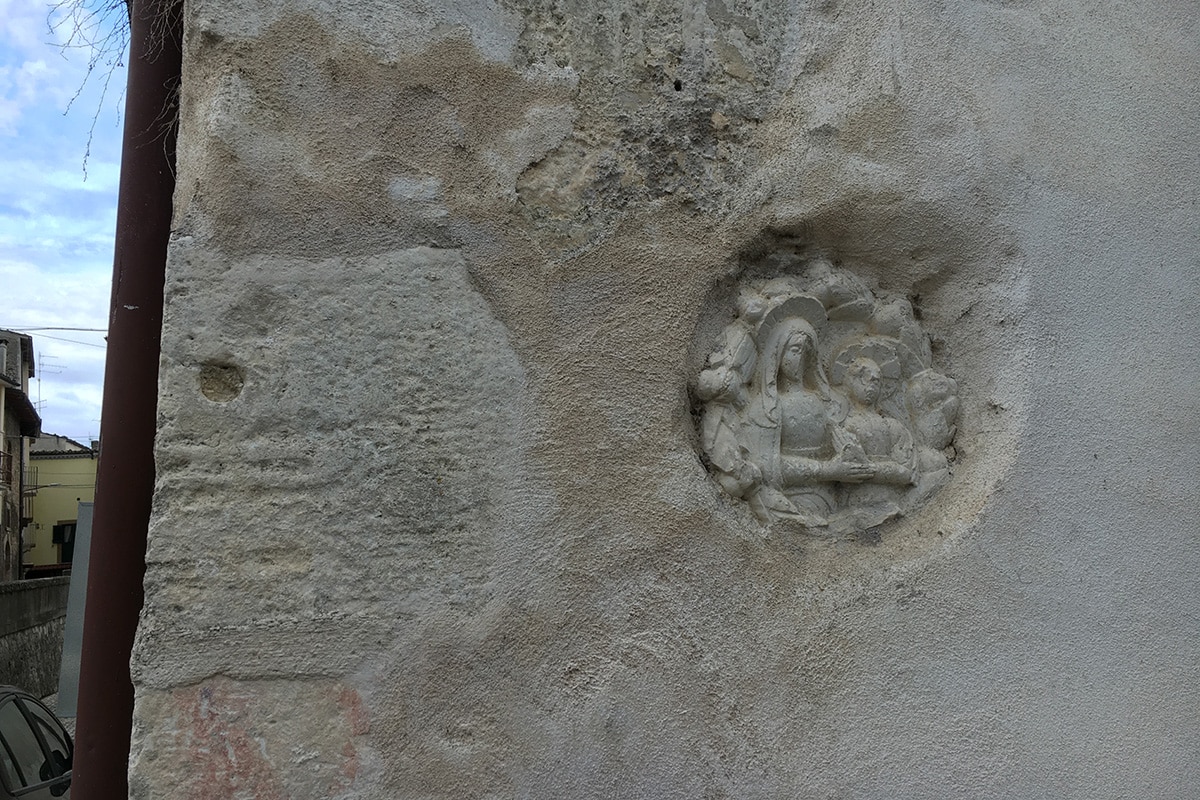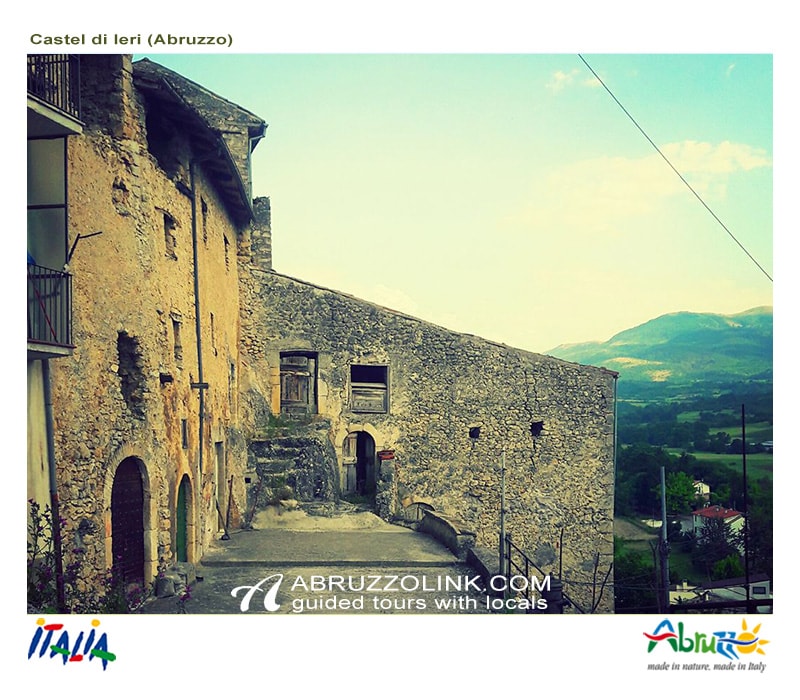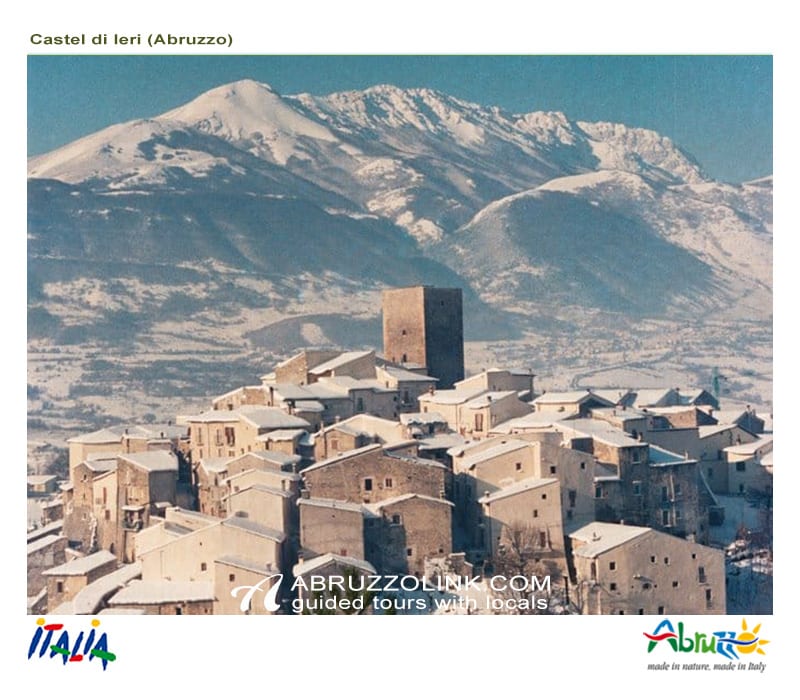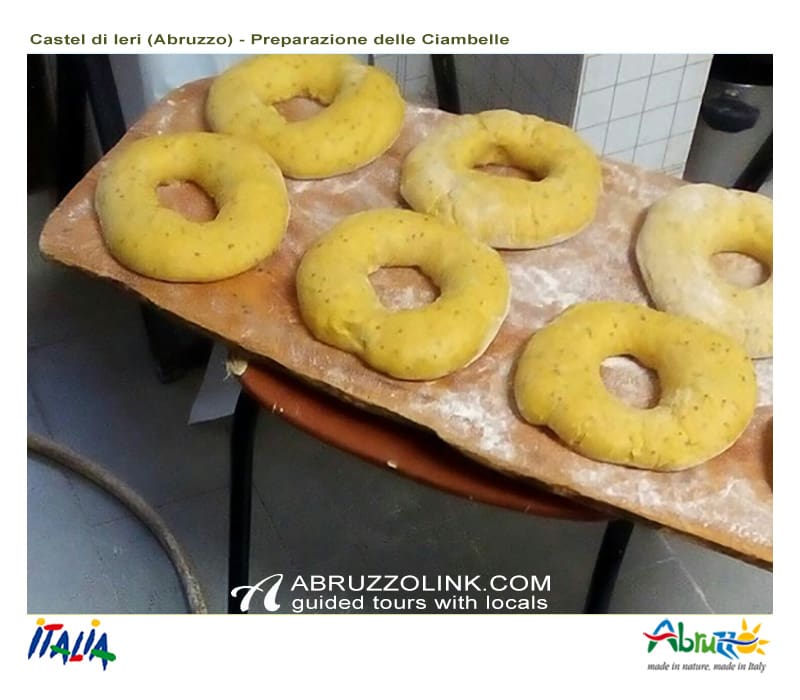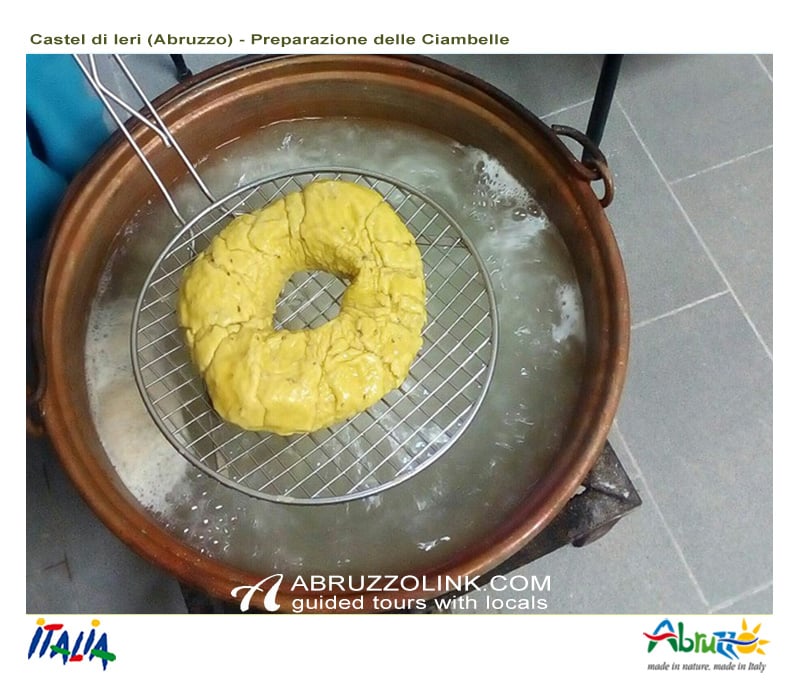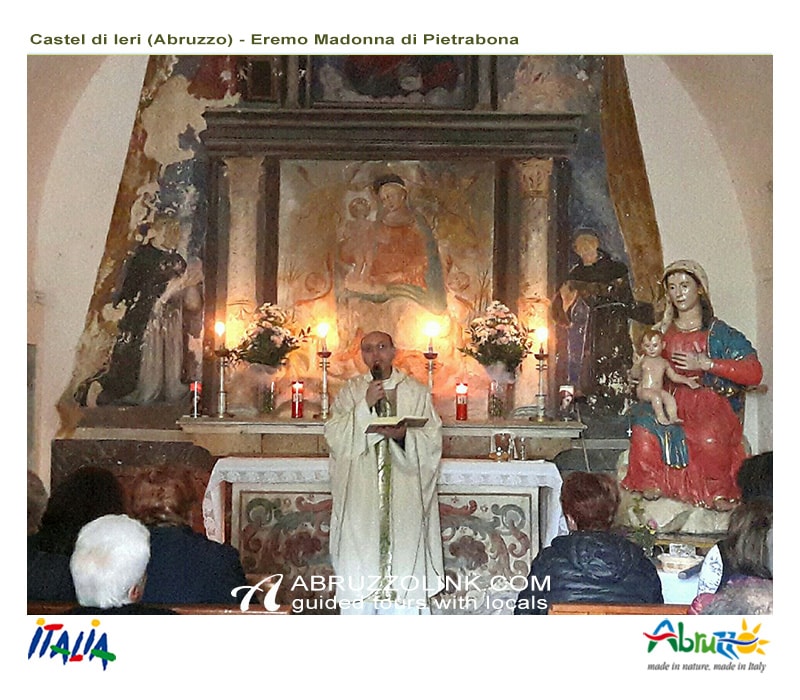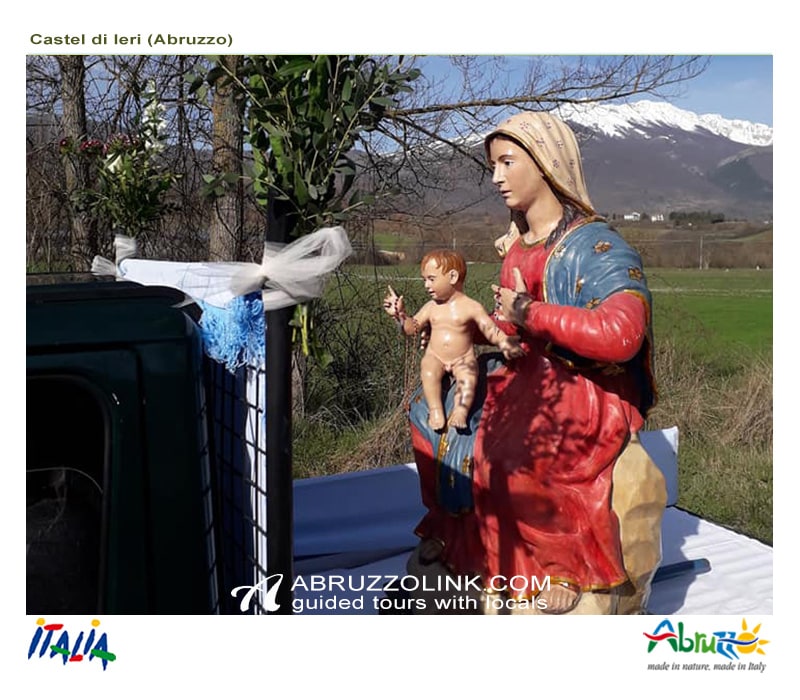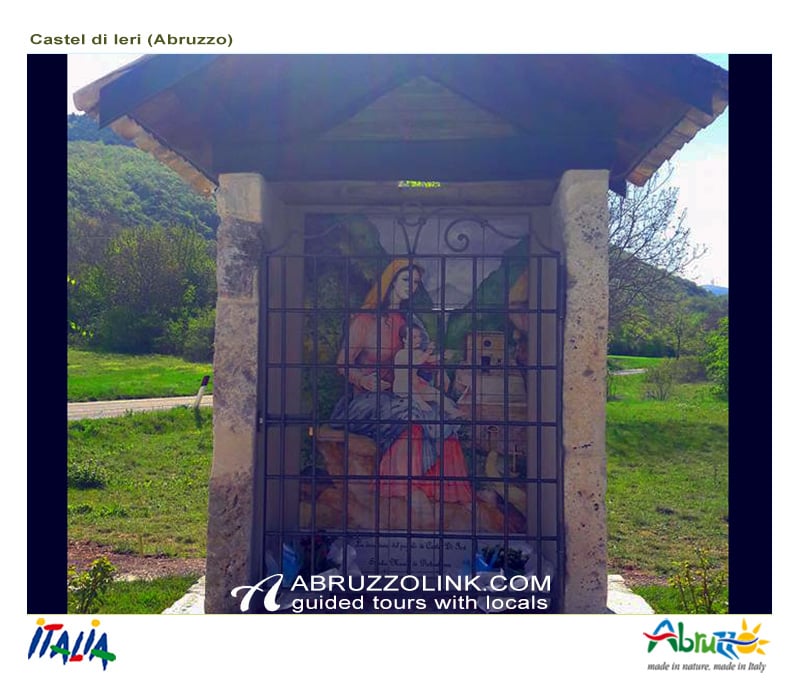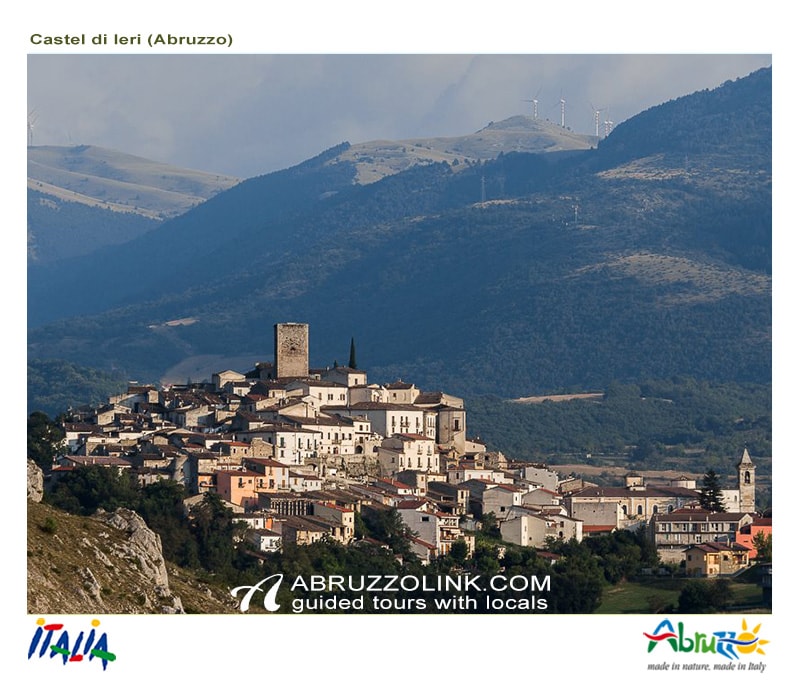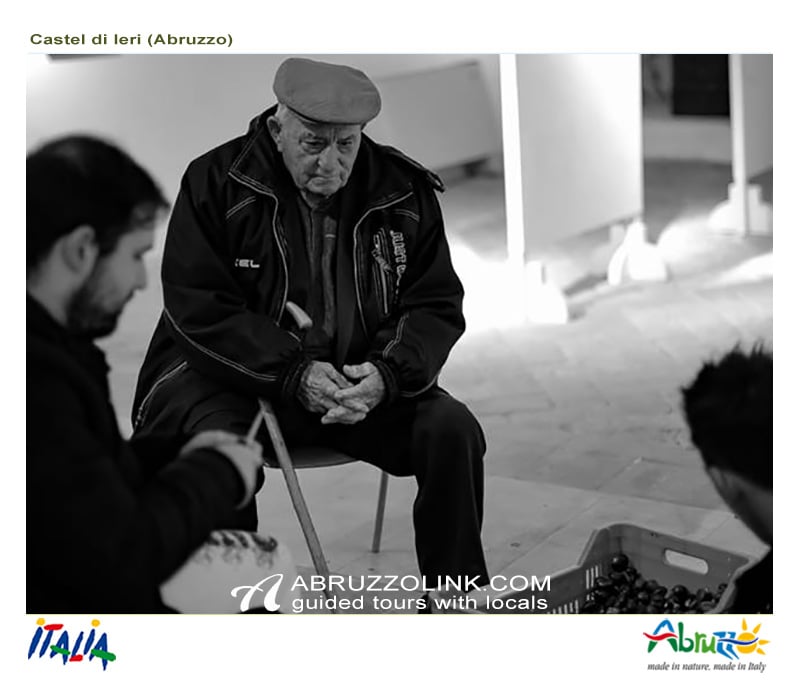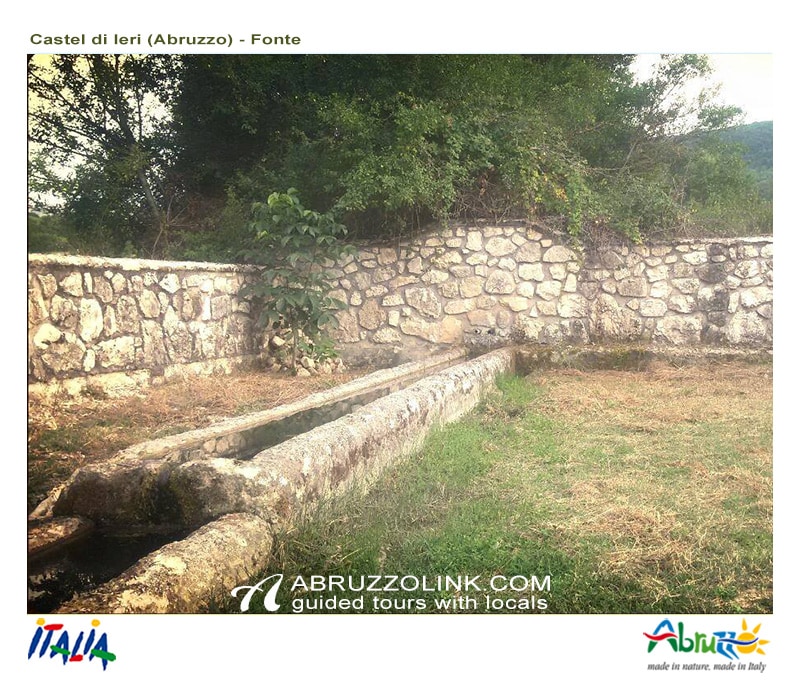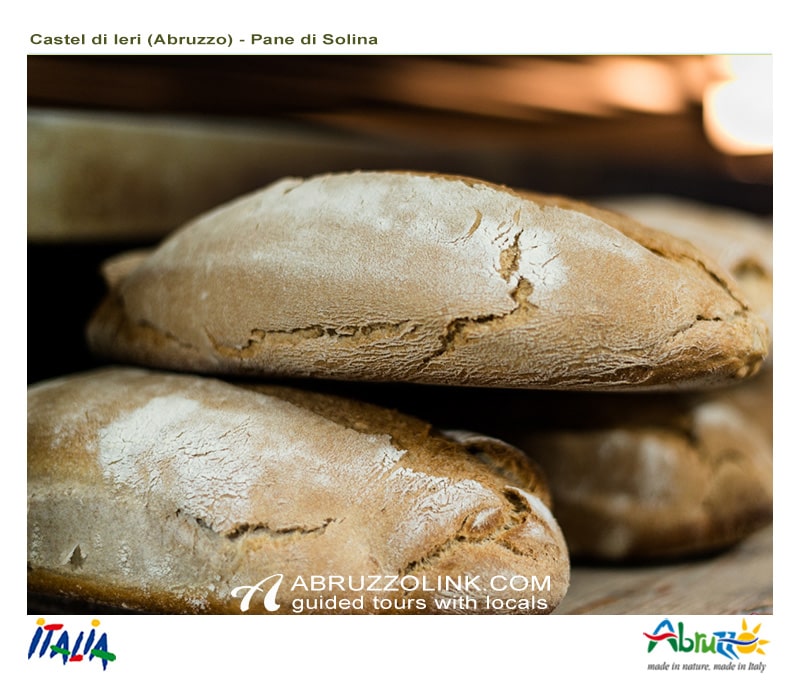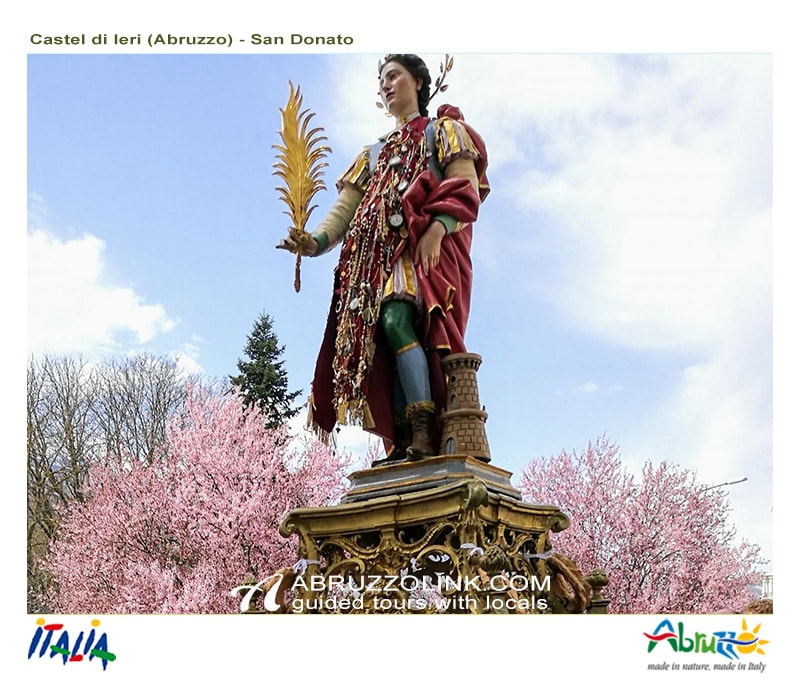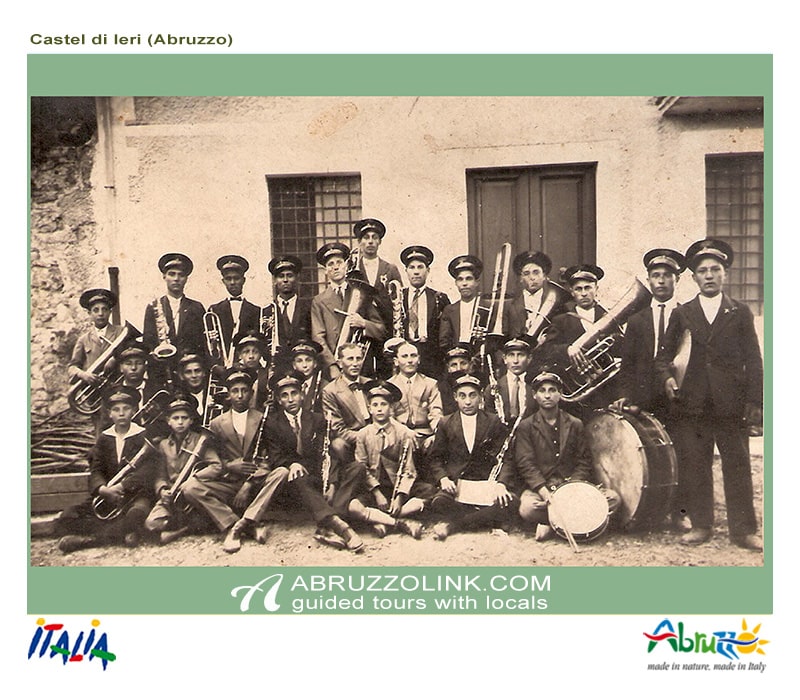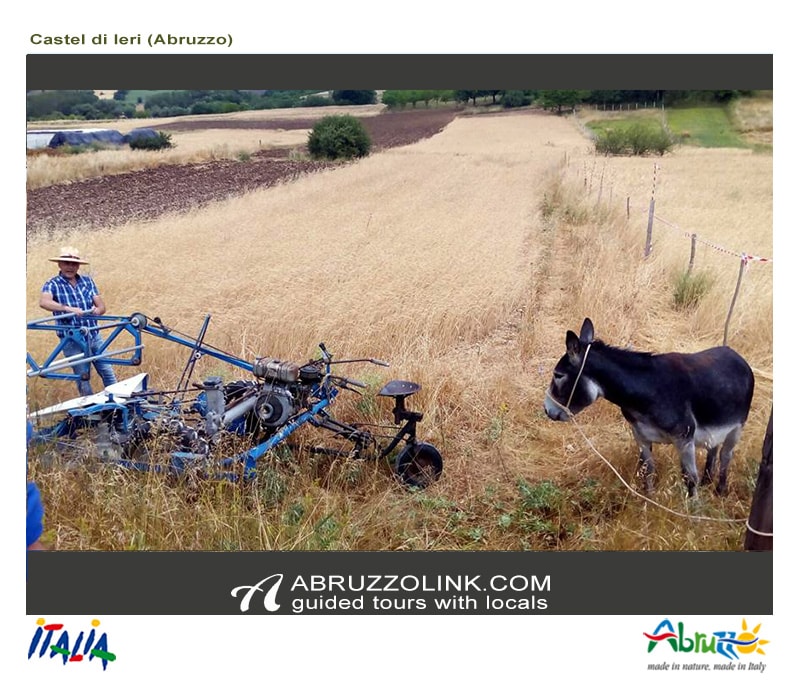An experience to satisfy the needs of the body and the desires of the mind.
Once nature was king, the seasons decided everything and people had to take advantage of the beautiful days to go to the country and to graze the animals, because here in Castel di Ieri it is cold here and winter is long. The only public holidays were those decided by the agrarian calendar.
The countryside were full of sweat and "well of god", especially of Solina wheat and corn, because they resist well to cold winters, are suitable for mountain crops and therefore guaranteed a safe source of food throughout the year. Once the wheat was harvested, a little at a time it was left to run to the nearest mill, to make bread with potatoes, biscuits cooked in the communal oven and homemade pasta.
The wheat is sown in autumn, before the arrival of "Captiempe", one of the annual occurrences of the agrarian calendar of rural and pastoral culture, it was the moment of the end of the harvest that coincides with the coming of autumn, when the rains start, the days get shorter and the rest begins, 'the death' of nature.
In June the wheat becomes golden, ready to be harvested. Thus began the harvesting phase, during which the peasants used to arm themselves, in the past times, with a scythe for cutting, then piled up everything into bands, called "manoppie", which were brought to the barnyard, a large and ventilated space, where the "casarce" (large and tall sheaves of wheat) were built.
In August the threshing begins, which has undergone great changes in history. In the past, the manoppie were placed on the ground and the donkeys, tied together, walked on it in a circle. With time, the first agricultural machines, called threshers, arrived.
Thus, at the time, the grains of wheat were separated from the rest of the plant and placed in sacks destined to fill the peasants' cellars. From the farmyard the sacks were first brought to the fountain of the village, where the sacks were lined in the large water-filled basins, to wash the crop well and separate it from residual impurities.
Even today Castel di Ieri is a place dedicated to agriculture and crafts; a village which keeps alive the traditions in the finished product.
This experience will take you to the main places of the processing of wheat: the farmyard, the fountain and the municipal oven; the laboratory of the bakery of the village and the showroom that contains all the typical products of Castel di Ieri.
A video will help me to immerse you in the history of how wheat was processed in our countryside and finally we will do a tasting of these products upon da Lisa, the only bar - restaurant of the village.
Tour and Guide Availability
Please contact me to check availability and fix the date.What's Included
Guided tour of the Borgo. Typical produce tastingWhat's not Included
Everything is not explicity mentioned. Transportation is not included, but if needed i can arrange transport by car or minivan (8+1). Please contact me for more information.Good to know
Please wear comfortable shoes to walk around the village. And don't forget your camera!!
Available Languages
ItalianEnglishMeeting Point
Strada Statale 5, 5 - Castel di Ieri (Restaurant - Bar da Lisa)How to book
1. Choose the preferred typology of booking between “Shared Tour” and “Private Tour”, where:
Shared Tour allows any single or more to join the tour at the lowest price, but sharing the tour with anyone else.
private Tour allows any single or group to reserve the tour/guide just for his own pleasure.2. Fill in the chosen form with “date, time, number of people” and have a look at trip duration and max admittable number of people
3. Make a Request of Reservation, by clicking Book Now
Should you have any preliminary question you can directly Contact the Guide via e-mail
BOOK a shared tour
€25.00 per person
up to 10 people for 0004.00 Hour/s
TRIP MAP
MORE TRIPS

NEARBY ACCOMMODATIONS







